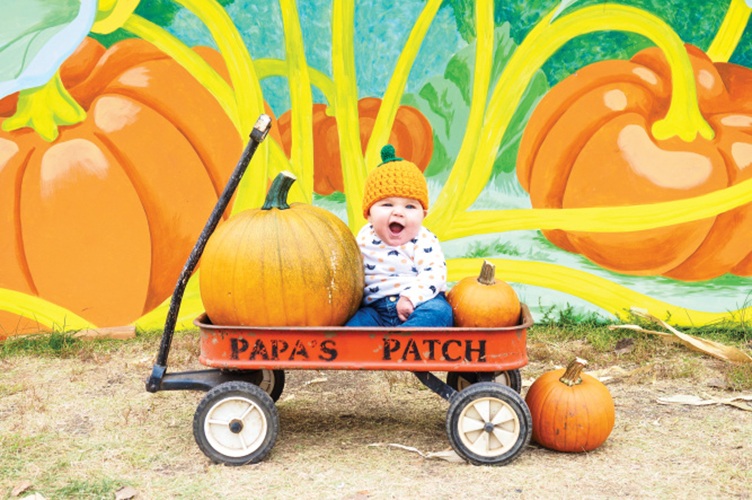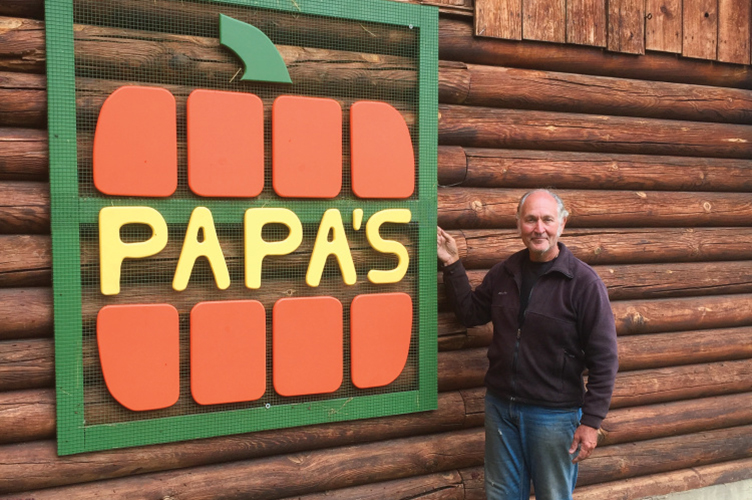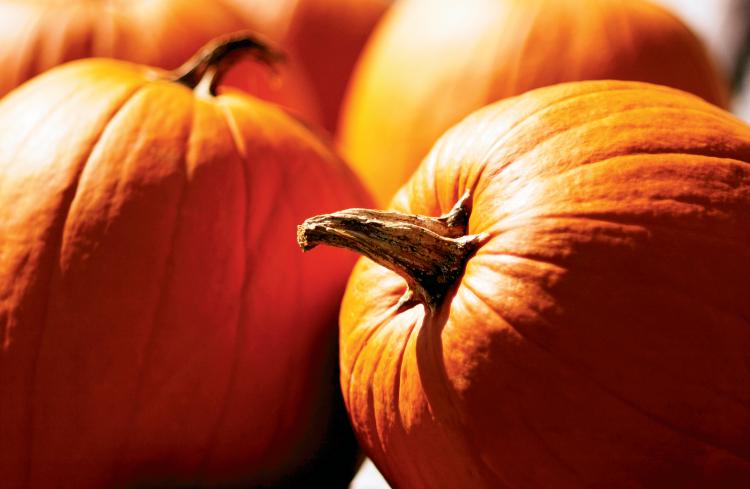Home > Farm > Agritourism > How an Accidental Pumpkin Patch Became a Top Agritourism Destination
How an Accidental Pumpkin Patch Became a Top Agritourism Destination
In partnership with: North Dakota Department of Agriculture

Papa’s Pumpkin Patch has long been a favorite of the local community in Bismarck. They even landed a spot on the Travel Channel’s Top 15 Pumpkin Patches in the United States. In addition to this most recent feather in their cap, the patch has been included in several nation-wide rankings from companies like Yahoo!, USA Today, Travel & Leisure and more.
See more: 7 Midwest Pumpkin Patches to Add to Your Fall Bucket List
From Humble Beginnings
Papa’s Pumpkin Patch began in 1983 when farmer Dave Pearce was asked to grow a few hundred pumpkins for a local parade float. At the time, he was growing tomatoes and cucumbers in a greenhouse and had the extra land and expertise to undertake the task. However, when the parade date was unexpectedly moved up from October to September, Dave found himself unable to deliver the pumpkins in time to the float. Left with a field filled with hundreds of premature pumpkins, Pearce decided to open it up to the community.
Once the gourds were ripe and ready, Pearce invited local grade school teachers and their students out to the farm to enjoy a day of picking pumpkins to celebrate the season.
In the 36 years that have passed since that monumental day, the farm has grown into quite the operation and an annual tradition for many in the community.

“We’ve been in business long enough for our original group of first graders to grow up, graduate and bring their first graders back to the pumpkin patch,” says Pearce. “It’s enough time for us to become part of the fabric of this community.”
Named in honor of Pearce’s father, Papa’s Pumpkin Patch got its start with just a few hundred green pumpkins, but this season saw between 40,000 and 50,000 pumpkins, squash and gourds – and even more visitors.
See more: 5 U.S. Farm Tours You Should Book Today
“We average somewhere between 50,000 and 60,000 guests each season,” says Pearce. “For the last decade, all of our produce comes from seven fields that span almost 35 acres, all within North Dakota.”
Picking pumpkins is the main event, but there are also countless activities on the farm for children and their families to enjoy. Free activities include hay bale mazes, slides, tire climbing piles, a super sandbox, slacklines, human foosball and a corn maze. Guests can even visit with the farm horses, Jesse and Kit.

Better to Give Than to Receive
While visitors are guaranteed to make memories that will last a lifetime, Pearce and his team see the pumpkin patch as more than an agritourism destination.
Since the beginning, Papa’s Pumpkin Patch has donated more than $1 million to charities and beneficiaries in the local community and beyond. Recipients include the Alzheimer’s Foundation of America, Bismarck Parks and Recreation, Horizon Middle School, MOPS of Evangel Temple, North Dakota FFA Foundation, and the Salvation Army.
“Our inspiration for generosity comes from the Bible,” says Pearce. “Luke 12:48 says ‘For unto whom much is given, much is required.’ I received a plaque inscribed with that verse from two high school classmates, and it has been a focal point for me ever since.”
See more: North Dakota Offers Unique Foods Grown Locally
 The Impact of Agritourism
The Impact of Agritourism
Anyone who has visited Papa’s Pumpkin Patch knows it’s a wonderful place to spend an autumn afternoon. The family-friendly environment, activities and volunteers who come together to help orchestrate this seasonal event make for an extra special place for the people of North Dakota.
It also gives both children and adults the chance to reconnect with their roots.
Pearce notes that even though many people are growing up away from farm life and rural community, they’re often interested to learn about farming firsthand.
“Creating opportunities for people to visit, see and understand what life is like on a farm is the heartbeat of agritourism,” says Pearce. “To quote the Future Farmers of America Creed, ‘I believe that American agriculture can and will hold true to the best traditions of our national life and that I can exert an influence in my home and community.’”



